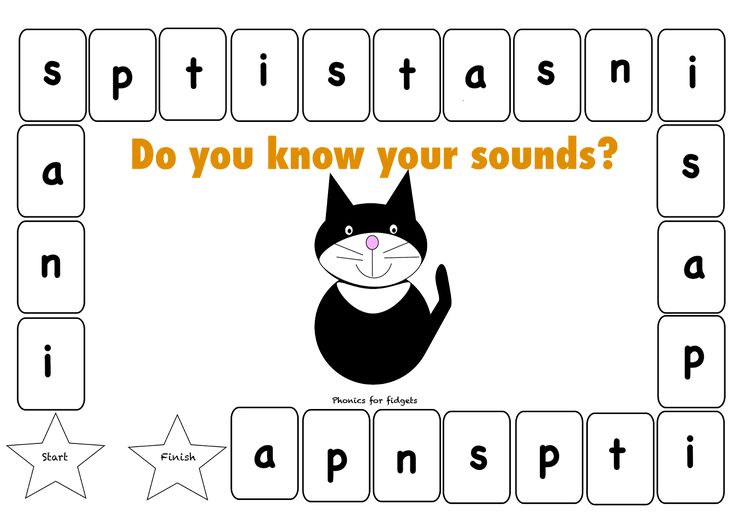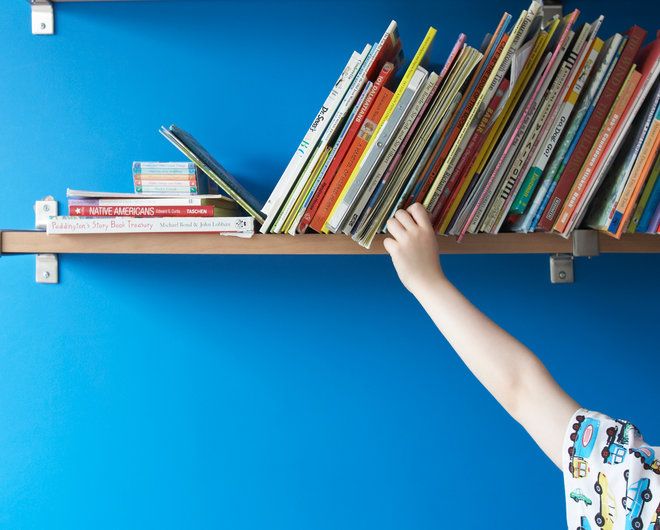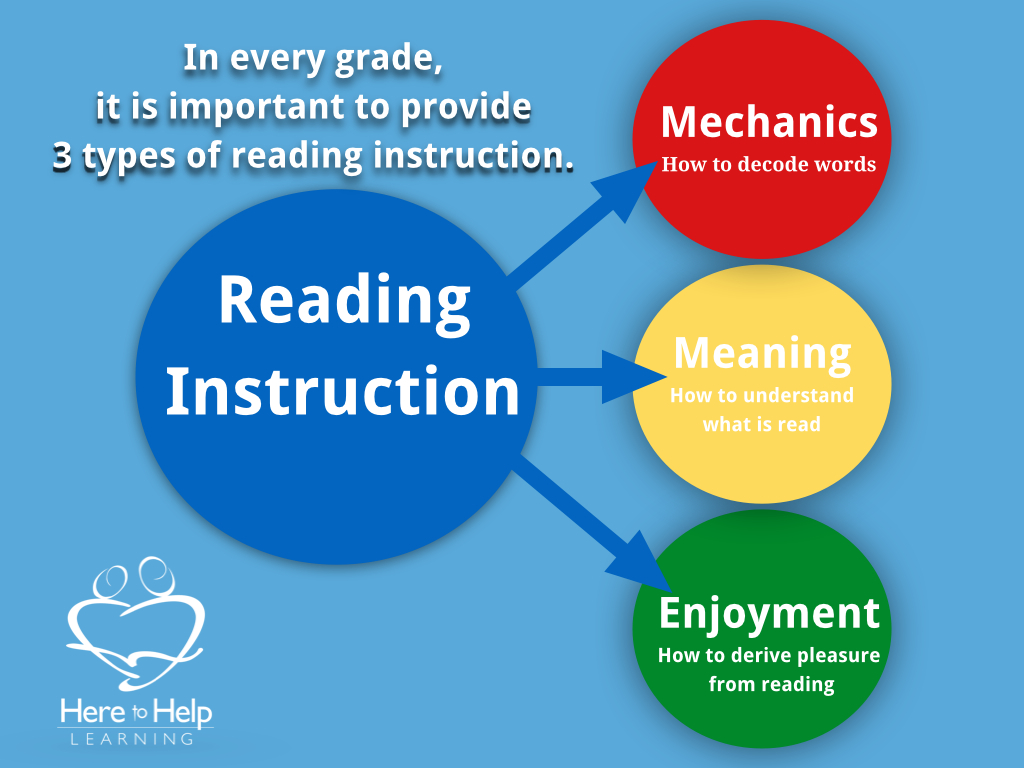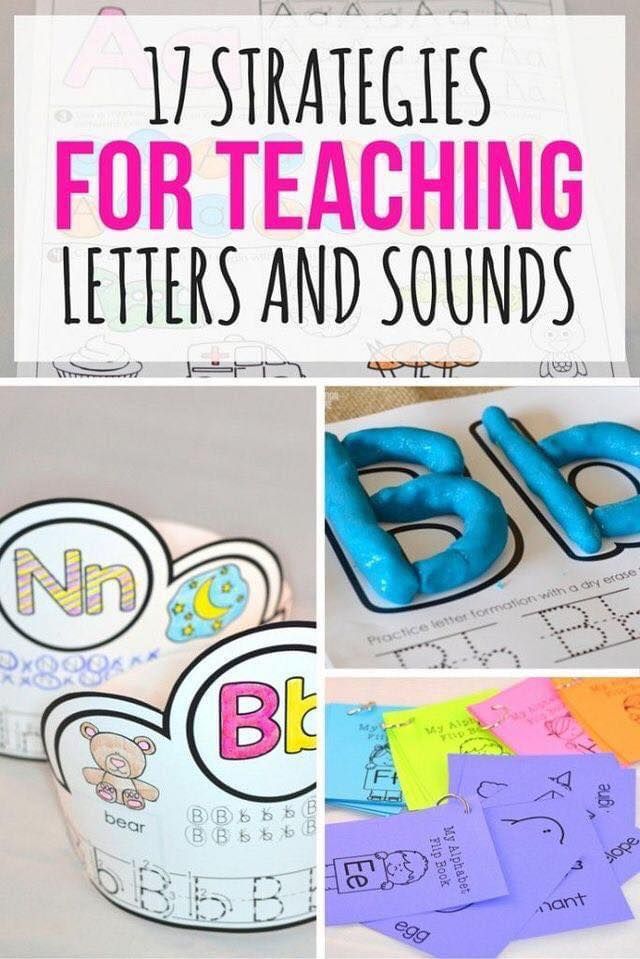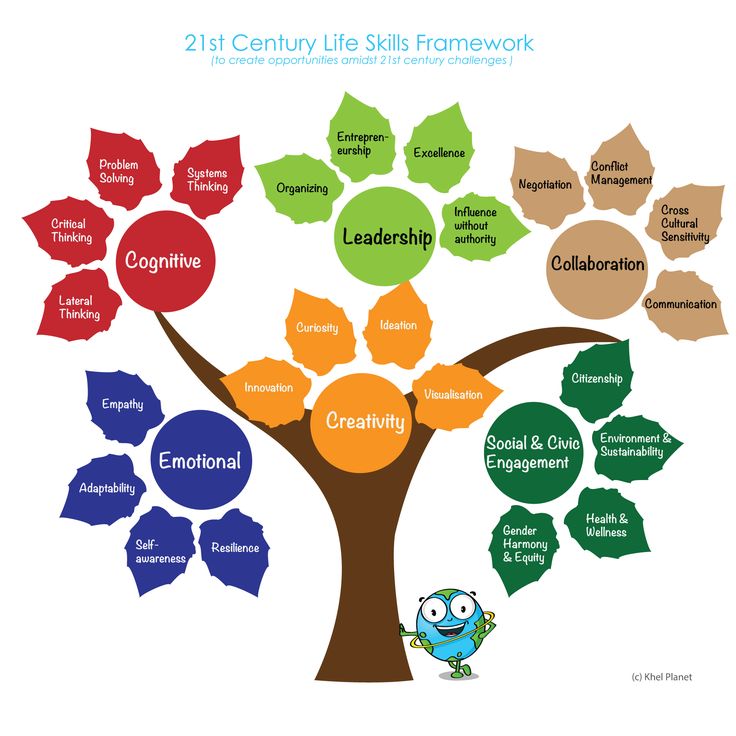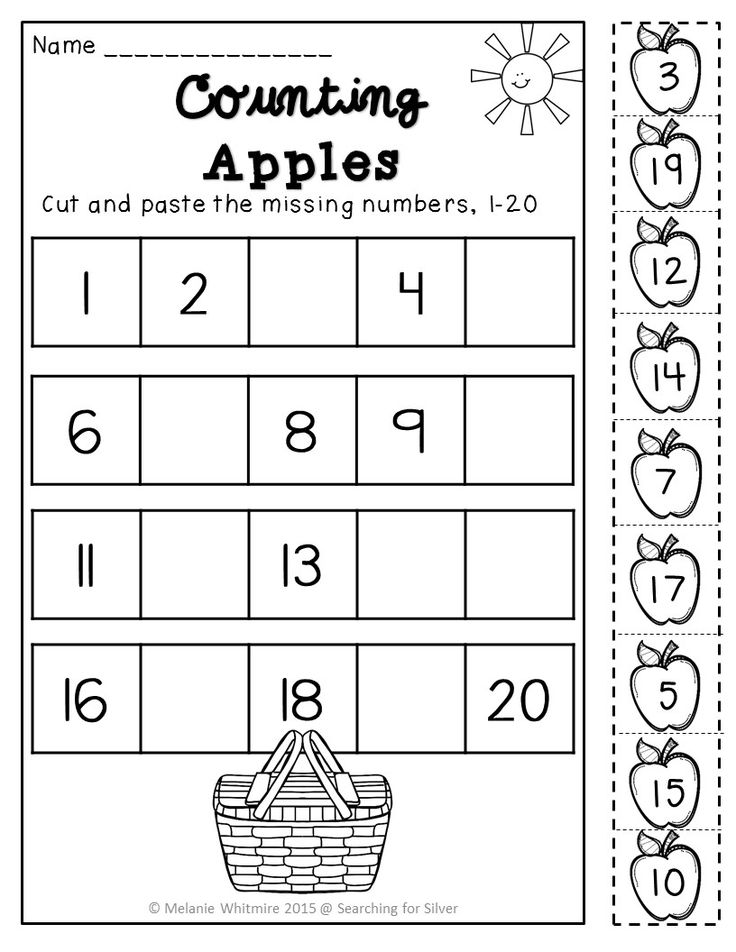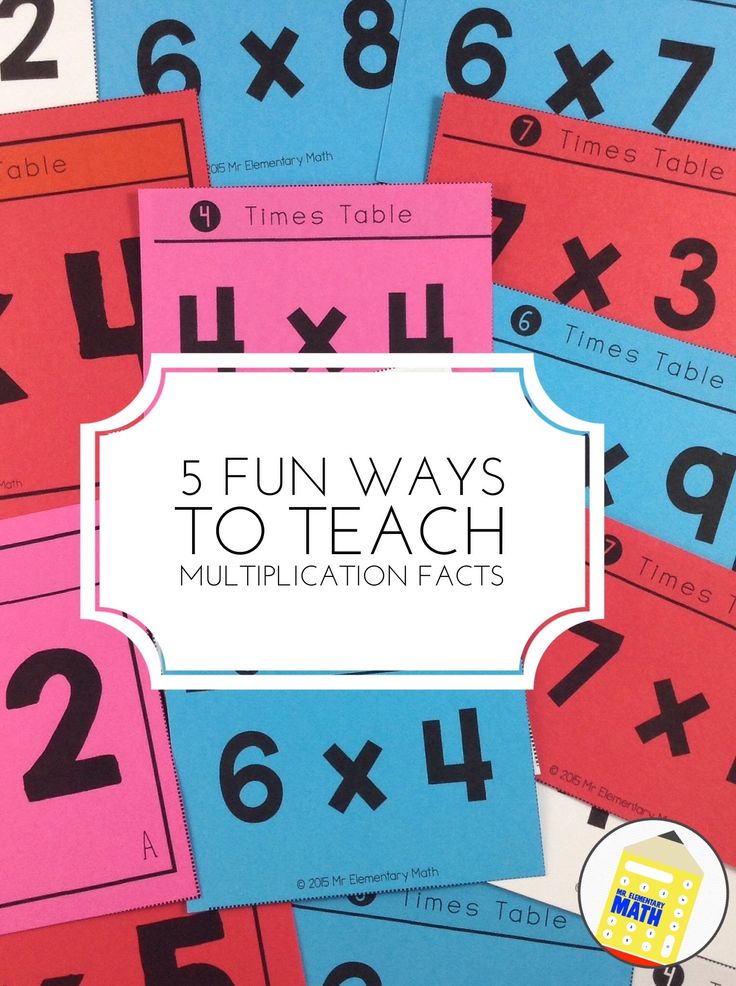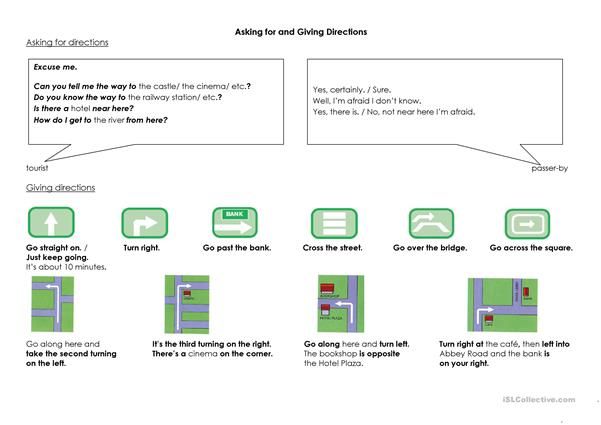Do you know your alphabets
How to Teach the Alphabet to Preschoolers + 8 Free Printable Activities
by Marie Rippel
Is your preschooler ready to learn the alphabet? If so, this post is for you! Jam-packed with letter recognition activities designed to help you teach the alphabet, this post contains enough fun to keep your child busy for months!
Read on to discover more about this valuable pre-reading skill for young children, or scroll down to download eight of our free, top-quality letter recognition activities.
What Is Letter Recognition?
Letter recognition—also known as alphabet recognition—is the ability to:
- distinguish between the 26 letters of the alphabet
- say the letter name
If your child already knows “The Alphabet Song,” that is a great start! But there is more to letter recognition than being able to sing the ABCs. You want your child to be able to pick out the individual letters and name them, and that’s where the downloadable activities that follow really shine.
Advantages of Learning the Letter Names
Children who know the names of the letters have three major advantages:
- Kids who know letter names will learn the sounds of the letters much more easily. By contrast, children who don’t know the letter names often have tremendous difficulty in learning the sounds of the letters.1
- Children who can easily name the letters of the alphabet have an easier time learning to read.2, 3
- As they learn the letter names, children tend to be more motivated to discover more about the letters and about the words around them.4, 5, 6
So you know that teaching the letter names is important, but now you may be wondering…
Should Uppercase or Lowercase Letters Be Taught First?
Developmentally, it will be easier for your child to learn capital letters first. That’s because the visual form of the capital letters is more distinct. Take a look at this row of capital letters:
Take a look at this row of capital letters:
A B C D E F G H I J K L M N O P Q R S T U V W X Y Z
The only letters that could be flipped and mistaken for another letter are M/W.
Now take a look at this row of lowercase letters:
a b c d e f g h i j k l m n o p q r s t u v w x y z
With the lowercase letters, there are several pairs of letters that could be flipped.
- b/d (flip on the vertical axis)
- b/p (flip on the horizontal axis)
- d/p (flip on the horizontal and vertical axis)
- p/q (flip on the vertical axis)
- n/u (flip on the horizontal and vertical axis)
So that’s why I recommend starting with the “easier” uppercase letters.
But what about the fact that most text is composed of lowercase letters? After all, this sentence has 57 letters, and only one of them is uppercase. Doesn’t it stand to reason that kids should learn the lowercase letters first?
The fact is that your child will learn all of the letters–uppercase and lowercase–before he learns to read.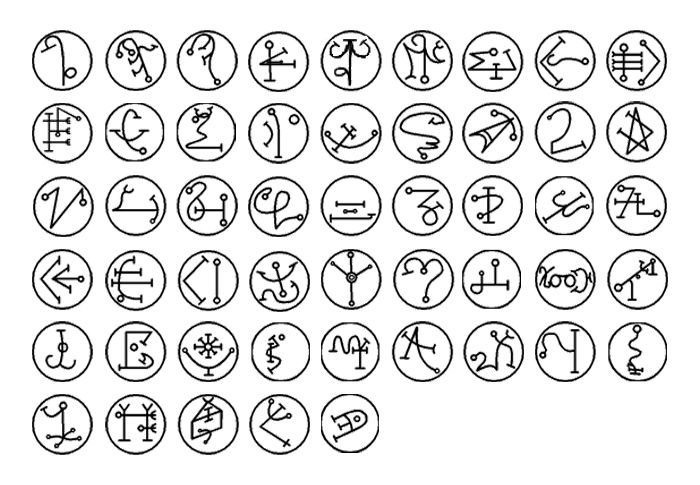 So why not start with the letter form that is easiest to learn?
So why not start with the letter form that is easiest to learn?
Honestly though, it isn’t critical. If you want to teach lowercase letters first, that is fine. Just be aware that some kids do mix up those letters mentioned above. (And here’s help if your child already reverses similar letters such as “b” and “d”.) The most important thing is that your child has an enjoyable introduction to the alphabet, and that she can recognize the letters with confidence.
Now let’s dig in to the fun stuff!
Here Are 8 Free Letter Recognition Activities You Can Download!
Creating the Alphabet with Building Blocks
Creating the alphabet with colorful bricks is a fun way for preschoolers to become more familiar with letters and enjoy a favorite playtime activity—building!
ABC Playdough Mats
Crafting letters out of playdough allows children to feel the alphabet as they roll and bend the dough to form the letters. Your child may not even realize he’s learning!
ABC Caterpillar
As your child inches his way through the alphabet with this colorful caterpillar, he’ll get plenty of hands-on alphabet play, including putting letters in alphabetical order.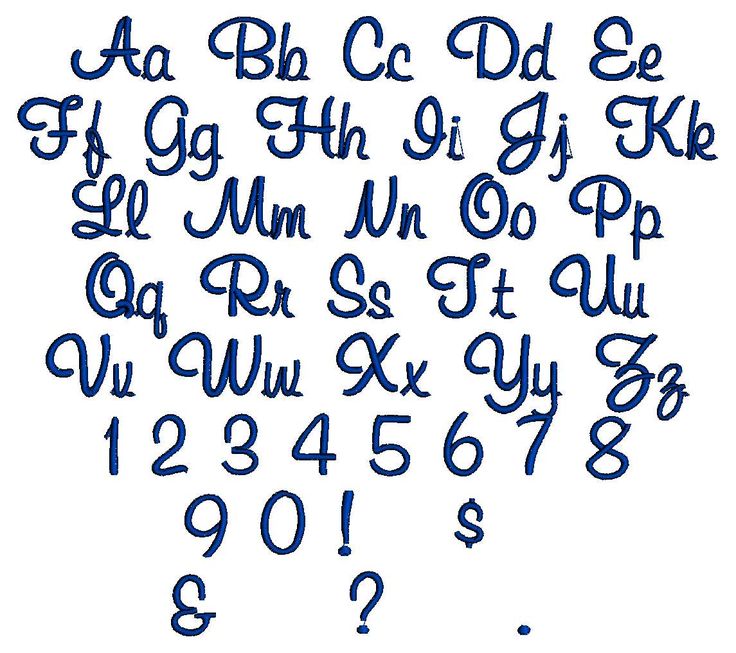
ABC Bracelets
Your little one will admire her “letter of the day” every time she glances at her wrist. And tomorrow she’ll get a brand new bracelet to “show off” to family and friends!
Tactile Letter Cards
Children learn about the world around them through their senses. Our tactile letter cards let children use their sense of touch to learn about uppercase and lowercase letters.
Make Your Own Fabric Alphabet
Playing with the alphabet is a great way to help your preschooler get ready to read. This easy-to-make, soft, and colorful alphabet turns learning letters into a tactile activity.
“Feed the Puppy” Alphabet Game
Our “Feed the Puppy” Alphabet Game lets kids practice the names of the letters in a super-fun way. After all, who doesn’t love learning with a cute puppy?
Alphabet Picture Books
Alphabet picture books are the perfect way to increase letter knowledge. No crafty mess required! All you need are books, a comfy couch, and a cuddly preschooler.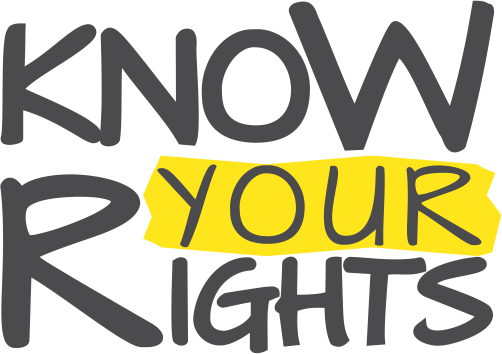
These activities will give your child hours and hours of fun while helping prepare him for formal reading instruction.
Keep Track of Which Letters Your Child Knows
When you are teaching letters to your child, make sure that you get to the end of the alphabet. This may seem obvious, but all too often, young children don’t master the last several letters. Be sure that your child knows U, V, and W as well as he knows A, B, and C!
To help you keep track of which letters have been learned, you can download this great little alphabet progress chart. Post it on your fridge or playroom wall.
Letter Knowledge Is One of the Big Five Skills
Did you know that there are five skills that your child should master before beginning formal reading instruction? We call them the “Big Five Skills” and these skills lay the foundation for learning to read. In fact, they’re so important that we cover all of them in the All About Reading Pre-reading program.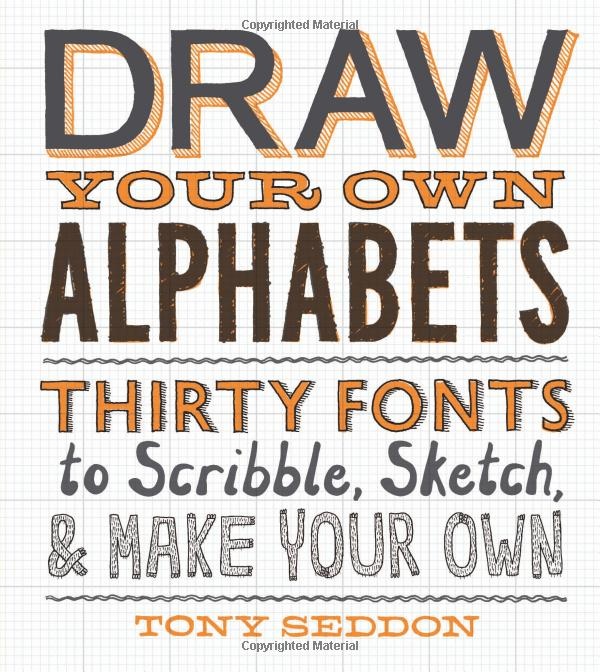
If you’re ready to tackle the rest of the Big Five Skills, be sure to check out the All About Reading Pre-reading program. Your student will enjoy special games, crafts, and story time read-alouds, and you will love the way your student effortlessly learns essential pre-reading skills.
Which of these letter recognition activities are you going to try out first? Let me know in the comments below!
___________________________________
1. Mason, Jana M. (1980). When do children begin to read: an exploration of our year-old children’s letter and word reading competencies. Reading Research Quarterly, 15, 203-227.
2. Bond , Guy L., and Dykstra, Robert (1967). The cooperative research program in first-grade reading instruction. Reading Research Quarterly, 2, 5-142.
3. Chall, Jeanne S. (1967). Learning to read: The great debate. New York: McGraw-Hill.
4. Chomsky, Carol (1979). Approaching reading through invented spelling.![]() In L. B. Resnick and P. A. Weaver (eds.), Theory and practice of early reading, vol. 2, 43-65. Hillsdale, NJ: Erlbaum Associates.
In L. B. Resnick and P. A. Weaver (eds.), Theory and practice of early reading, vol. 2, 43-65. Hillsdale, NJ: Erlbaum Associates.
5. Mason, Jana M. (1980). When do children begin to read: an exploration of our year-old children’s letter and word reading competencies. Reading Research Quarterly, 15, 203-227.
6. Read, Charles (1971). Preschool children’s knowledge of English phonology. Harvard Educational Review, 41, 1-34.
At What Age Should a Child Know the Alphabet?
As children grow, they naturally hit learning milestones. One of the most critical educational milestones a child must reach is learning the alphabet, which prepares them for reading and writing.
But at what age should a child know the alphabet?
In this article, you will learn at what age a child should know how to recite the alphabet, recognize and write individual letters, learn letter sounds, and eventually learn how to read. Read on to make sure your little one is on the right track!
At What Age Should a Child Know the Alphabet?
Recitation
Typically, by the age of three, children should be able to recite the alphabet.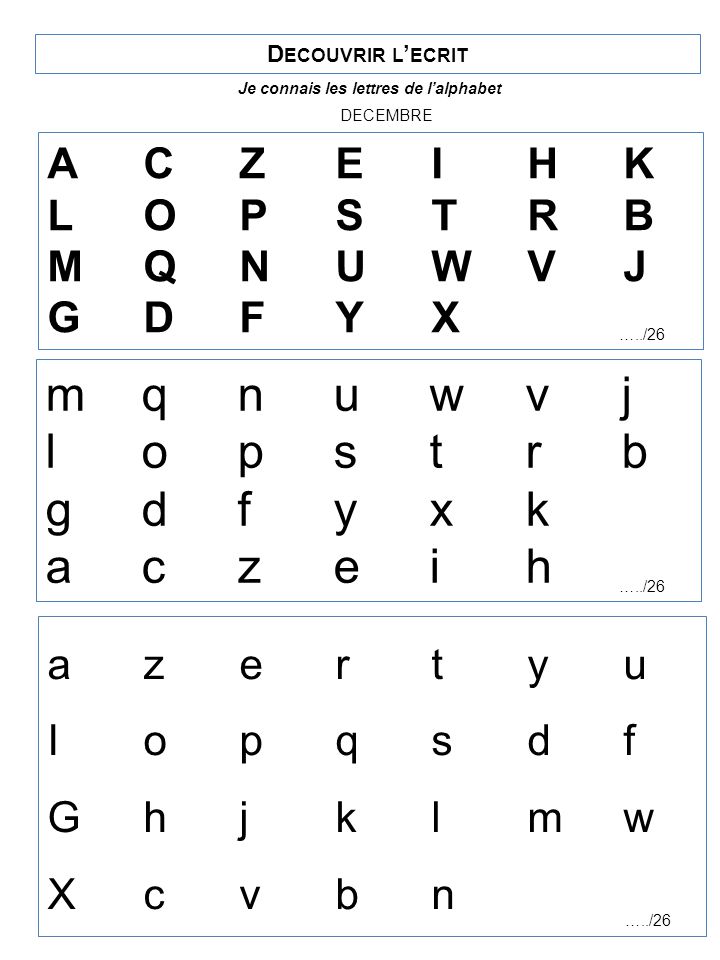 However, every child is different. Some toddlers may learn in their twos, and others might not pick it up until the late threes.
However, every child is different. Some toddlers may learn in their twos, and others might not pick it up until the late threes.
Children generally learn how to recite the alphabet through repetition. If you sing the ABC song to your kids often, they are more likely to pick it up quicker, just as they would any song.
Recognition
Most children can recognize letters between the ages of three and four. Most kids will recognize the letters in their name first.
For example, a boy named Jace will probably be able to remember what the letter “J” looks like as well as recognize most other letters in his name. Similar to alphabet recitation, use repetition to teach your children about recognizing individual letters. You may ask them, “What letter is that?” whenever you see an isolated letter.
Writing
By ages four to five, children will start writing letters. Children will learn to write the alphabet in preschool and kindergarten, but it may be beneficial to have your child practice writing his/her letters at home.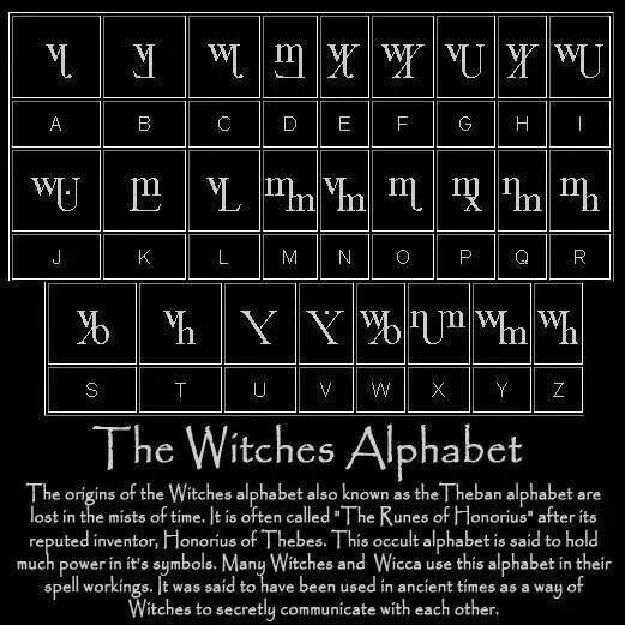 Most children at this age know that written symbols represent messages and may be interested in writing on their own. One of the easiest ways children learn how to write letters is to begin tracing them.
Most children at this age know that written symbols represent messages and may be interested in writing on their own. One of the easiest ways children learn how to write letters is to begin tracing them.
Additionally, teaching your child how to write his/her name is an important step that will ultimately help them become familiar with writing the rest of the alphabet.
Sounds
By five years old, children will start to associate letters with their accompanying sounds, otherwise known as phonics. In other words, around the age of five, children should be able to reason that the word “book” starts with the letter B.
Children begin learning phonics in kindergarten, which is a vital step to decoding written text and begin reading.
Reading
By six years old, first graders should be able to read words aloud with ease. For the most part, children can recognize sight words and their names. Moreover, children can decode some words by sounding out their letter combinations.
By second grade, a child should be able to sound-out a simple book. By the third grade, your child should be able to read independently and fluently. By this point, your child should be a master of the alphabet and is ready to master the art of reading!
What If Your Child Isn’t Learning at the Rate S/He Should?
It’s important to remember that every child is different and may learn at a different rate. If your child isn’t learning the alphabet at the pace s/he should, one reason may be because s/he isn’t interested or is simply undergoing a minor setback.
However, if your child is falling severely behind, it’s important to find out if your child truly has a problem learning or if it is nothing to worry about. Therefore, work one-on-one with your child to determine if there is a problem. For example, practice reading and writing with your child. If s/he is having a hard time comprehending the instruction or if it’s taking him/her an abnormally long time to do the task, consider talking with your child’s teacher about it.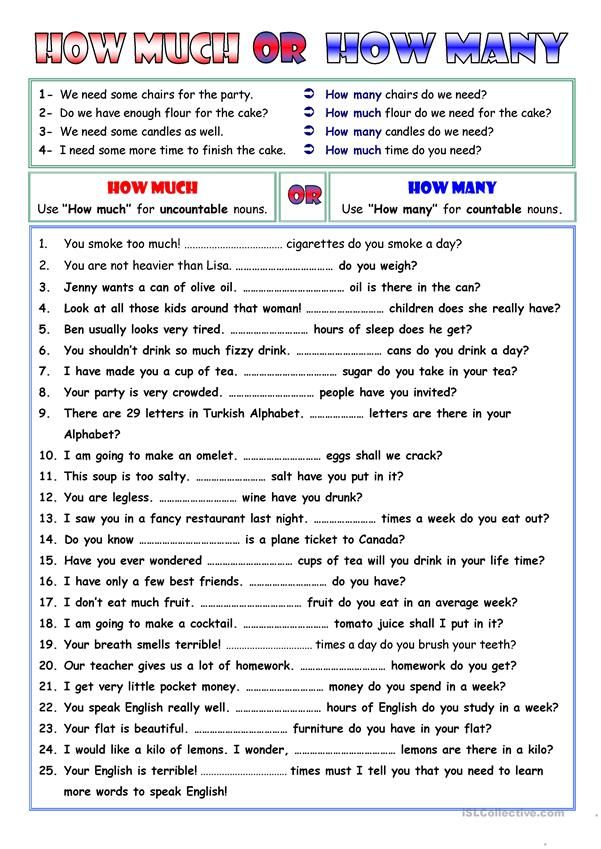
In the end, if you suspect your child might have a reading or learning disability, discuss it with a doctor. If your child is truly suffering from a reading disability, it can cause him/her to fall behind in his/her education. The sooner you seek help, the sooner you will be able to find a solution that works for your precious little one!
Learn the Alphabet at a Top-Tier School!
So at what age should a child know the alphabet? Learning the alphabet is an ongoing process. That being said, it’s crucial to enroll your little one in a school that will not only teach him/her but also helps develop in him/her a love of learning.
Smaller Scholars Montessori Academy helps children become more confident, creative, and independent through the acclaimed Montessori experience. You can enroll your child in the toddler program, which is for kids between the ages of eighteen months and three years, or in the primary program, for children between three and six years. In both programs, children have a rich classroom environment in which they are encouraged to explore, learn, and thrive.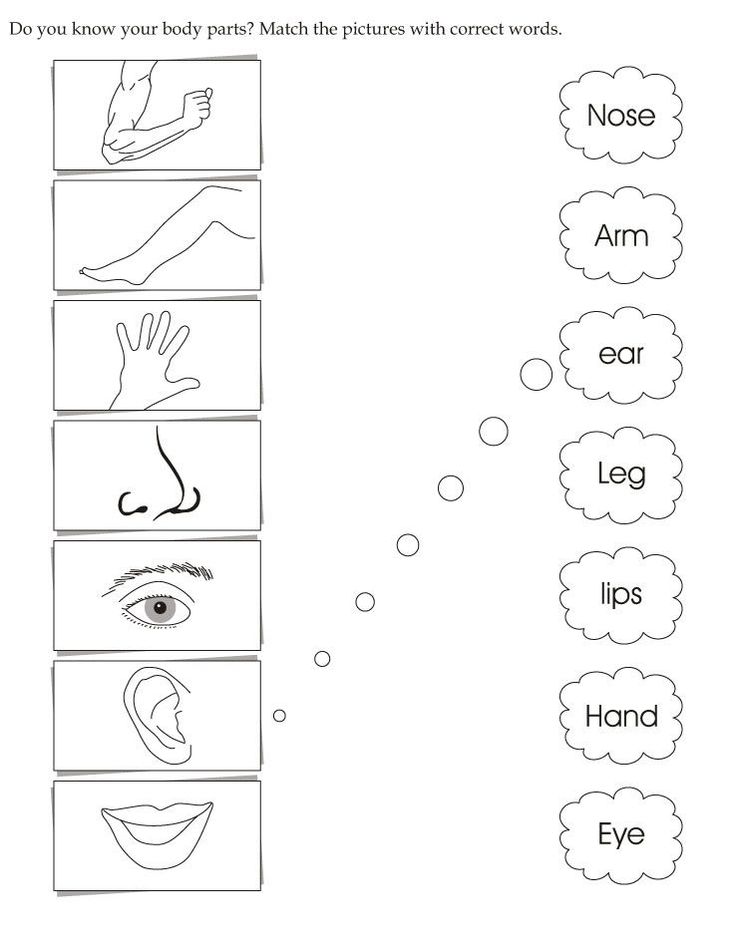 Then, as children grow older, they can explore the elementary program for kids up to twelve years old.
Then, as children grow older, they can explore the elementary program for kids up to twelve years old.
What are you waiting for? Ensure your child learns the alphabet and how to read by enrolling your child in Smaller Scholars Montessori Academy! Contact them to learn more.
English alphabet with pronunciation, transcription and translation. Letters and sounds of the English alphabet
How many letters are in the English alphabet
The modern English alphabet contains 26 letters. English sounds were first recorded in the Anglo-Saxon runic alphabet as early as the 5th century. Christian missionaries brought to the island not only their religion, but also the Latin alphabet, which began to replace the runic alphabet around the 7th century. For a long time, these two alphabets existed in parallel.
The modern English alphabet (The English alphabet [ˈalfəbɛt]) is based on the Latin alphabet or "Latin". So what is the number in the English alphabet? Unlike the Russian language, which has 33 letters, the English alphabet consists of 26 letters:
- 6 letters can represent vowels: "A", "E", "I", "O", "U", "Y »;
- 21 letters can represent consonants: "B", "C", "D", "F", "G", "H", "J", "K", "L", "M", "N" ”, “P”, “Q”, “R”, “S”, “T”, “V”, “W”, “X”, “Y”, “Z”.

Below we have added a table where you can see the entire English alphabet with the numbering of letters in order.
| | ||
|---|---|---|
| Direct number | Letter | Reverse number |
| 1 | a | 26 |
| 2 | B b | 25 |
| 3 | C c | 24 |
| 4 | D | 23 |
| 5 | e | 22 |
| 6 | F | 21 |
| 7 | G g | 20 |
| 8 | H h | 19 |
| 9 | I i | 18 |
| 9 | I i | 18 |
| 10 | J | 17 |
| 11 | K k | 16 |
| 12 | L l | 15 |
| 13 | M m | 14 |
| 14 | N n | 13 |
| 15 | O o | 12 |
| 16 | P | 11 |
| 17 | Q q | 10 |
| 18 | r | 9 |
| 19 | S s | 8 |
| 20 | T t | 7 |
| 21 | U u | 6 |
| 22 | V v | 5 |
| 23 | W w | 4 |
| 24 | x | 3 |
| 25 | Y y | 2 |
| 26 | Z z | 1 |
By the way, the letter Y can stand for both a vowel and a consonant, and therefore refers to both vowels and consonants.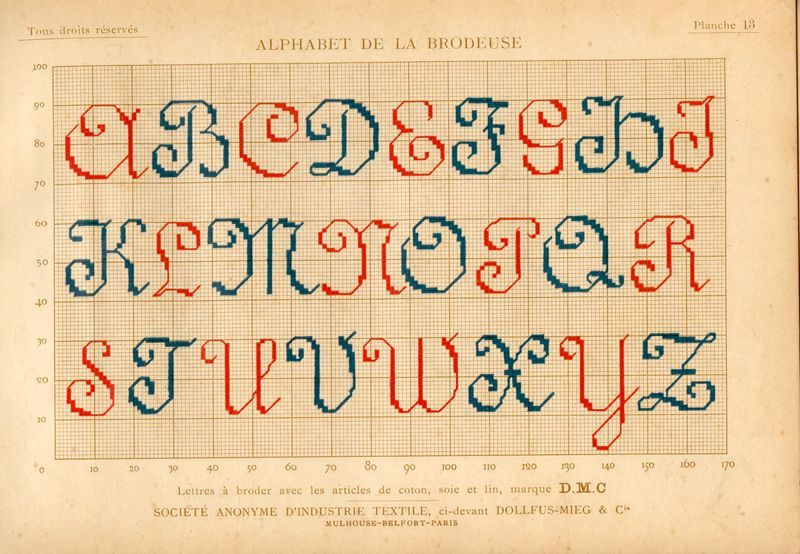
Almost all letters of the English alphabet are pronounced the same by Americans and Brits, except for the last one. The American alphabet differs in that the letter Z is pronounced as "zi" [ziː], and in the British - "zed" [zed].
Demo lesson for free and without registration!
Take a lesson, learn about the school and get a promotional code for English classes
Pronunciation of the English alphabet with the names of letters in English and Russian:
Below is a table where we have outlined the English alphabet with translation - transcription and pronunciation in Russian.
| | ||
|---|---|---|
| Letter | Transcription | pronunciation of |
| a | [eɪ] | hey |
| B b | [biː] | bi |
| C c | [siː] | and |
| D d | [diː] | di |
| e | [iː] | and |
| F | [ɛf] | eff |
| G g | [dʒiː] | ji |
| h h | [eɪtʃ] | h |
| i | [aɪ] | ai |
| J | [dʒeɪ] | jay |
| K k | [keɪ] | key |
| L l | [ɛl] | el |
| M m | [ɛm] | em |
| N n | [ɛn] | en |
| O o | [əʊ] | ou |
| P p | [piː] | pi |
| Q q | [kjuː] | cue |
| R r | [ɑː] or [ɑɹ] | a:, ar |
| S s | [ɛs] | es |
| T t | [tiː] | and |
| U u | [juː] | y |
| V v | [viː] | and |
| w w | [ˈdʌb(ə)l juː] | double |
| x | [ɛks] | ex |
| Y y | [waɪ] | wye |
| Z z | [zɛd], [ziː] | zed, zi |
Sounds of the English alphabet
We start learning English letters even before we encounter foreign language lessons.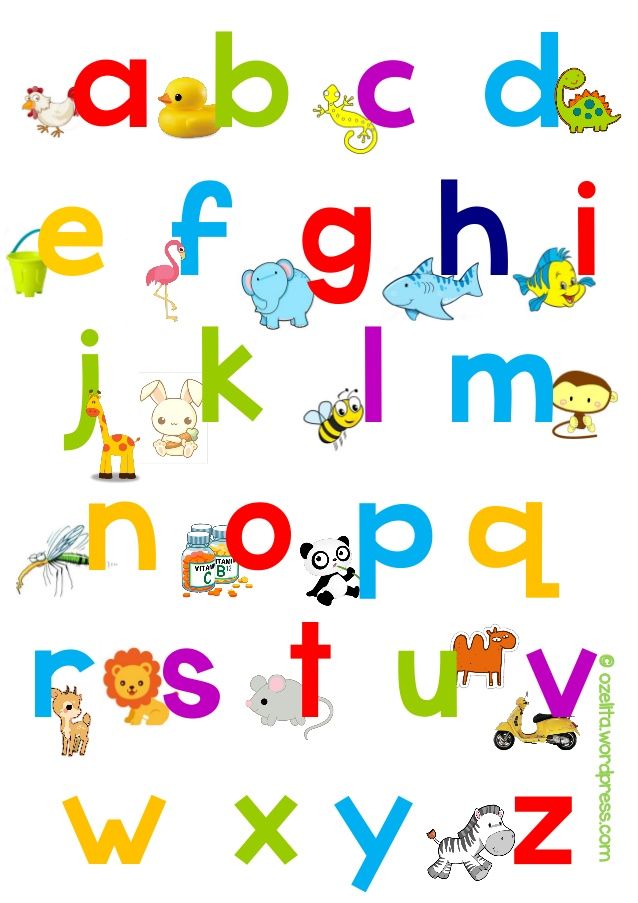 We know them even before we start learning English: we meet them at work, when we play computer games or surf the Internet. English words are found everywhere: on advertising posters, in the names of goods, in store signs.
We know them even before we start learning English: we meet them at work, when we play computer games or surf the Internet. English words are found everywhere: on advertising posters, in the names of goods, in store signs.
Although the letters may be visually familiar to us, they are not always pronounced the way they are written. The alphabet of the English language for beginners with pronunciation, numbering and translation will help here, because even those who are fluent in foreign languages find it difficult to speak correctly. A typical situation is to spell an English word, for example, to give an email address, your name or street in English. This is where the difficulties begin, and we try to explain ourselves with images and associations: i - “like a stick with a dot”, H - “like a Russian n”, s - “like a dollar”, v - “like a tick.
From here it is better to memorize not only the letters, but also their pronunciation. The latter is written by transcription and enclosed in square brackets.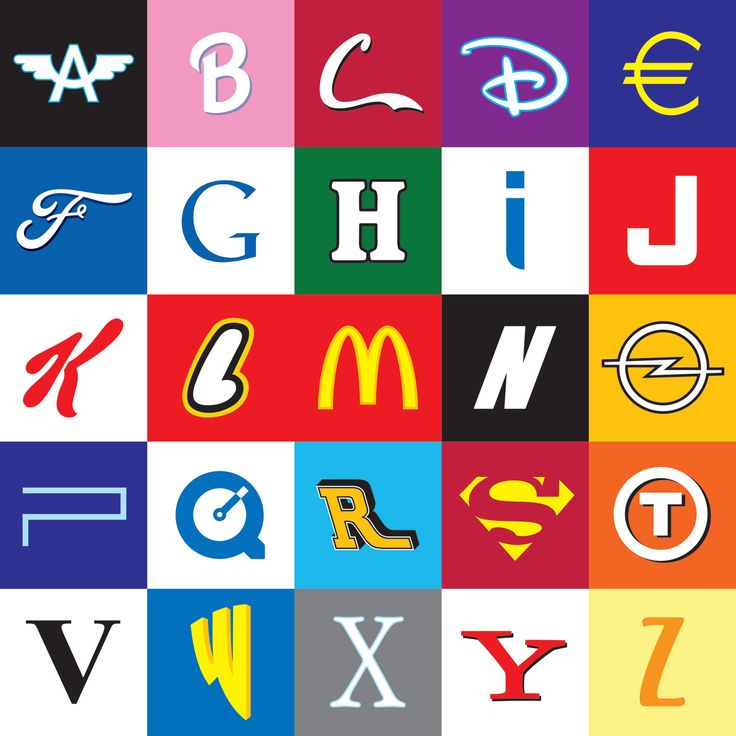 At first, it will be easier for you to memorize transcription with Russian pronunciation, but gradually you need to give it up and focus only on English transcription.
At first, it will be easier for you to memorize transcription with Russian pronunciation, but gradually you need to give it up and focus only on English transcription.
How to Learn the English Alphabet
Learning the alphabet is not just memorizing the order of the alphabet in English, Russian or Spanish, or knowing how many non-letters there are. To know the alphabet is to be able to pronounce sounds, as well as to write lowercase and uppercase letters correctly. In order to learn the entire alphabet of the English language easily, quickly and forever, follow these rules:
- Memorize both uppercase and lowercase letters of the English alphabet at the same time, pay attention to how English letters are written.
- Learn both the name of the English letters and the correct pronunciation, use the alphabet with transcription. It is easier to remember this at the same time than to relearn it later.

- Use all available resources: use audio recordings, videos of examples of correct pronunciation, printed texts, Internet resources.
- Learn the English alphabet in order, as in the alphabet. Then change tactics: start studying the letters backwards, randomly, grouping.
- Exercise regularly, preferably every day for at least a few minutes. If you are tired of learning the same letters, take any children's book in English. Maybe you will not understand the meaning of what is written, but you will definitely be able to recognize and name this or that letter.
Another good way to learn the alphabet is to memorize a special rhyme. It is very short, but it will help to know every letter by heart:
Do you know your ABC?
You can learn along with me!
A, B, C, D, E, F, G,
H, I, J, K,
L, M, N, O, P U, V,
W, X, Y and Z
Now, I know my ABC's.
Next time won't you sing with me?
And the last piece of advice. Divide all letters into three large groups and learn them in three stages: the first group is 6 vowels: Aa, Her, Ii, Oo, Uu, Yy. Do not forget about transcription and remember that in English vowels can change their sound depending on the type of syllables, stress and other conditions; the second group of letters includes those that are written and pronounced similarly to Russian letters. They are easy to remember: Bb, Cc, Dd, Kk, Ll, Mm, Nn, Pp, Ss, Tt, Xx; the third group consists of those letters that sound and are written unfamiliar to native Russian speakers: Ff, Gg, Hh, Jj, Qq, Rr, Vv, Ww, Zz.
Methods and techniques for memorizing the English alphabet
There are many ways to learn the English alphabet from scratch that are suitable for both adults and children.
The most popular way to learn the English alphabet is through tables.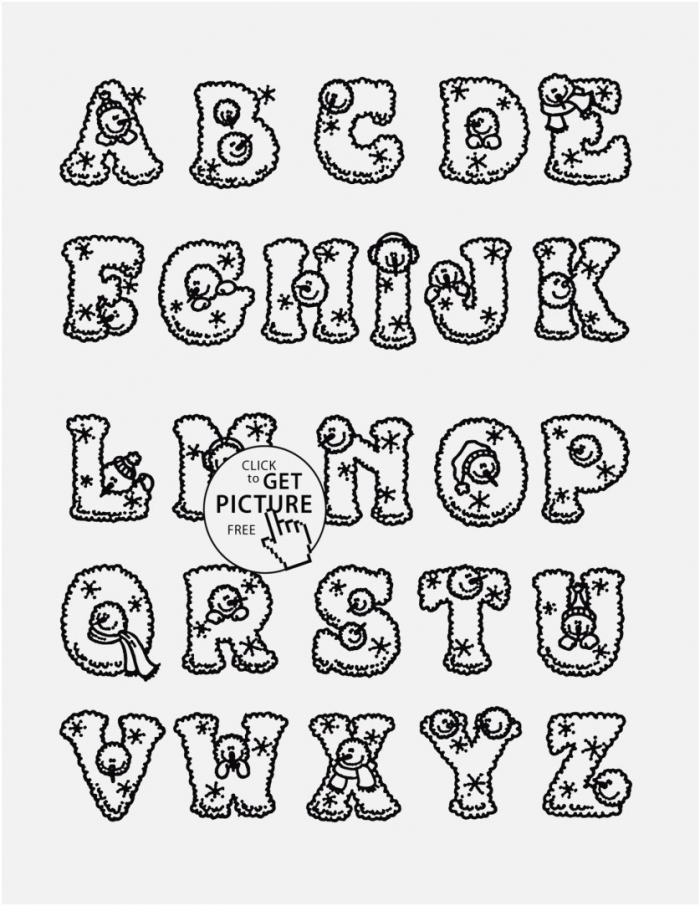 You can print the English alphabet tables from this article or search for others: English alphabet by numbers; English alphabet with numbering of letters, etc. Hang them over your desk and browse and read aloud whenever you have a free moment. The main thing is to memorize the alphabet with the pronunciation of sounds.
You can print the English alphabet tables from this article or search for others: English alphabet by numbers; English alphabet with numbering of letters, etc. Hang them over your desk and browse and read aloud whenever you have a free moment. The main thing is to memorize the alphabet with the pronunciation of sounds.
One of the most effective ways is to make colored cards with the letters and words that begin with them and place them in a prominent place. These cards can be made by yourself or bought in the store. It is better to use well-known words, for example, the names of animals.
You can train with special exercises, for example, this one: get a special notebook and write down the letters in it several lines - both uppercase and lowercase letters of the English alphabet. And when writing, dictate to yourself aloud the name of the letter. This exercise includes all three main types of memory: auditory, visual and motor.
Don't forget about games that will help you learn the English alphabet. For example, Spell the word or “Spell the word” - whoever spells it wrong first loses. And you can also read the alphabet at speed, write letters correctly by ear, pronounce the letters written on the card, and so on. The audio alphabet of the English language with pronunciation has proven itself well. A student can independently master the letters and sounds just by listening to the recording. The main thing is to be systematic.
For example, Spell the word or “Spell the word” - whoever spells it wrong first loses. And you can also read the alphabet at speed, write letters correctly by ear, pronounce the letters written on the card, and so on. The audio alphabet of the English language with pronunciation has proven itself well. A student can independently master the letters and sounds just by listening to the recording. The main thing is to be systematic.
Interesting facts about the English alphabet
Learning the sounds and letters of the English language will be more fun if you know a few interesting facts about the alphabet:
- The English alphabet can be called by its first letters "ABC";
- The English word alphabet comes from the Latin alphabet, where alpha and beta were the first letters of the alphabet. But even before the Latin alphabet, they were the first letters of the Phoenician alphabet (alef and bet), which arose in 1050 BC.
 e.
e. - The article the is the most common word in English.
- The most common letter in the English alphabet is E, and the most common consonant is T. The letters S and T are most common at the beginning of English words. The rarest letters in the alphabet are Q and Z.
- In English there are only 5 vowels and as many as 20 vowel sounds! For example, the letters Y and W can be pronounced as vowels (try, my, cow, few). The same letter can be read in several ways, for example, in the words cat [kæt], place [pleis], dark [daːk], air [ɛə].
- All 26 letters of the English alphabet can be put into a sentence or pangram that shows how each letter of the font will look like: "The quick brown fox jumps over the lazy dog" (loosely translated: "The quick brown fox jumps over the lazy dog." English analogue - "Eat some more of these soft French rolls and drink tea").
Conclusion
English speakers remember their alphabet much more often than Russian speakers, because in English the pronunciation of a word often does not match its spelling.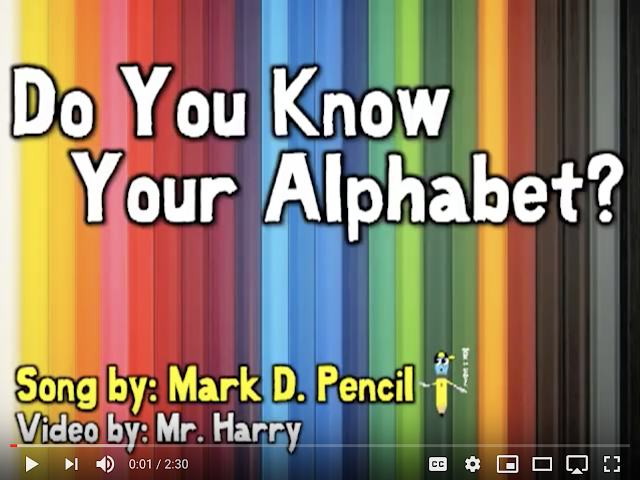 Especially in geographical names and surnames. Then they spell these words (to spell). Therefore, in order to learn the entire English alphabet with the correct pronunciation for an adult, to speak English well and understand native speakers, it is necessary to learn how to spell words. And the phrase "Please spell this word!" ("Please spell") to help you.
Especially in geographical names and surnames. Then they spell these words (to spell). Therefore, in order to learn the entire English alphabet with the correct pronunciation for an adult, to speak English well and understand native speakers, it is necessary to learn how to spell words. And the phrase "Please spell this word!" ("Please spell") to help you.
Check if you know the 100 main English words
Fun English for kids: learn the alphabet
It is better to learn any foreign language from childhood. It is known that children who grew up in a multilingual environment are much easier to adapt and absorb new information much faster.
In order for a child to start learning English as early as possible and not get bored of this process, it is enough to turn boring learning into a game. So it will become much easier for the baby to memorize new words and phrases, and you will spend time with your child not only fun, but also productive.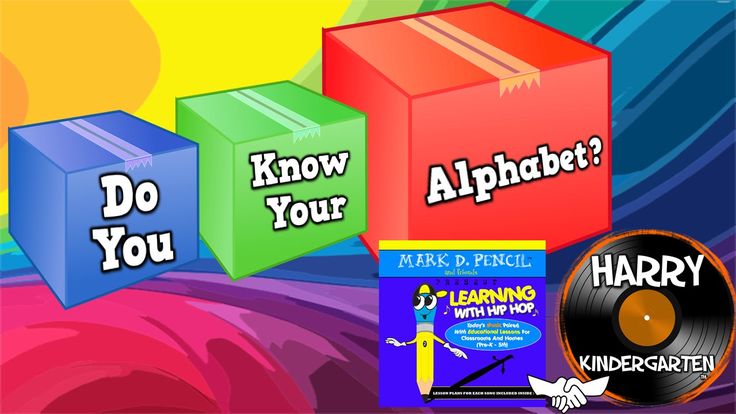
In this article we will talk about how to learn the English alphabet in a simple and easy way for both children and all beginners and give a few poems and songs for learning.
English alphabet
The English alphabet is called alphabet or simply ABC. It has 26 letters, of which 20 are consonants and only 6 are vowels.
Vowels: A, E, I, O, U, Y
Consonants: B, C, D, F, G, H, J, K, L, M, N, P, Q, R, S, T, V, W, X, Z
Alphabet with transcription and pronunciation:
Aa [ei] [hey]
Bb [bi:] [bi]
Cc [si:] [si]
Dd [di:] [di]
Ee [i:] [i]
Ff [ef] [ef]
Gg [dʒi:] [ji]
Hh [eitʃ] [eh]
Ii [ai] [ai]
Jj [dʒei] [jay]
Kk [kei] [kei]
Ll [el] [el]
Mm [em] [em]
Nn [en] [en]
Oo [ou] [o]
Pp [pi:] [pi]
Qq [kju:] [cue]
Rr [a:] [aa, ar]
Ss [es] [es]
Tt [ti:] [ti]
Uu [ju:] [yu]
Vv [vi:] [vi]
Ww [ `dʌbl `ju: ] [double]
Xx [eks] [eks]
Yy [wai] [wai]
Zz [zed] [zed]
Almost all letters of the alphabet are pronounced the same by Americans and British, except for the last one.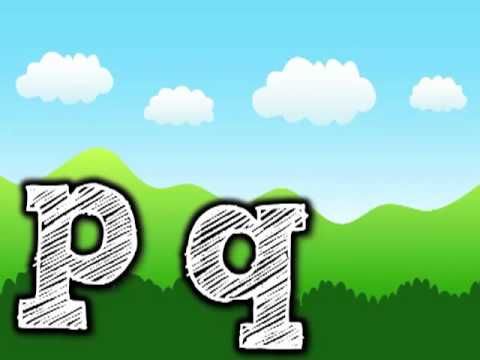 In American English, Z will sound like "zi" [ziː].
In American English, Z will sound like "zi" [ziː].
The study of the alphabet usually begins with an alphabet song: this makes it easier for the child to remember the pronunciation. She sings along the lines:
Do you know your ABC?
You can learn along with me!
A, B, C, D, E, F, G
H, I, J, K
L, M, N, O, P
Q, R, S,
T, U, V
W, X, Y and Z
Now you know your alphabet!
By the way, due to the difference in the pronunciation of the letter "Z", the end of this song will sound different in the British and American versions:
British
X, Y, Z - Now I know my alphabet (Now I know my alphabet) or Now you know your alphabet (Now you know your alphabet).
American
Now I know my ABC, twenty-six letters from A to Z Now I know my ABC, next time won't you sing with me (Now I know my alphabet, would you like to sing with me next time).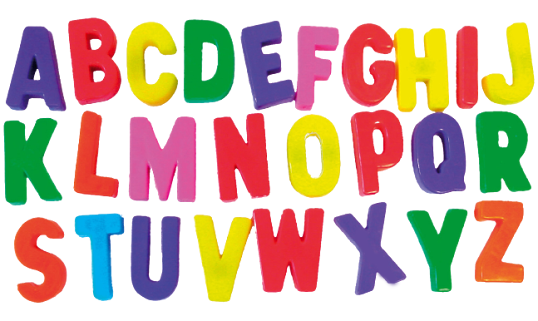
It is with the study of the alphabet that an exciting journey into any foreign language begins. Everyone needs to know ABC by heart in order to know how to write and pronounce individual letters correctly. Especially if you need to spell a word. Spelling is how a word is spelled. There is no direct analogue of spelling in Russian, but the Americans even have a whole Spelling Bee game in which you need to spell a word without errors. Spelling Bee competitions and competitions are often held in the USA.
But you need to start simple, especially for children. We tell you a few tricks on how to make it so that your child learns the alphabet as easy as ABC (easier than easy).
Word Cards
One effective way to learn new words and remember the alphabet is to make flashy cards with letters and words that begin with them and hang them in a visible place.
The same technique can be used to enrich vocabulary: just hang cards with translations over the objects that you have in your apartment - let the child remember how words are spelled and pronounced.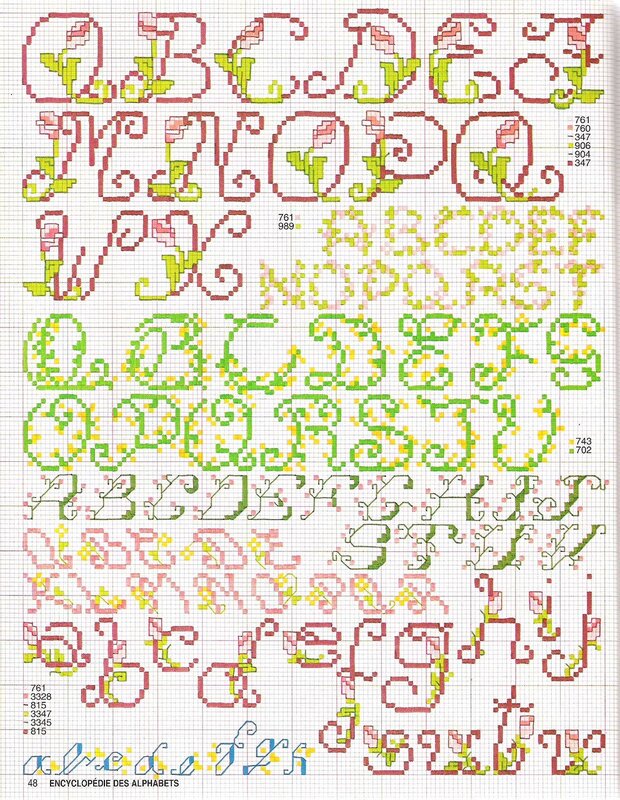
One of the easiest options is to use words that are familiar to the child. It can be the names of animals or everyday objects.
Here are the letters with the corresponding words, which will allow you to remember not only spelling, but also practice pronunciation:
A - Apple (Apple)
B - Banana (Banana)
C - Cat (Cat)
D - Dog (Dog)
E - Elephant (Elephant)
F - Fox (Fox)
G - Giraffe (Giraffe)
H - House (House)
I - Ice-cream (Ice cream)
J - Jam (Jam)
K-Key (Key)
L - Lemon (Lemon)
M - Mouse (Mouse)
N - Nose (Nose)
O - Owl (Owl)
P - Panda (Panda)
Q - Queen (Queen)
R - Rabbit (Rabbit)
S - Squirrel (Squirrel)
T - Turtle (Turtle)
U - Umbrella (Umbrella)
V - Violin (Violin)
W - Wolf (Wolf)
X - Ox (Ox)
Y-Yacht (Yacht)
Z - Zebra (Zebra)
You can find a set of these cards in any bookstore, or you can make your own.
Verse for learning the English alphabet
In verse form, it is much easier to remember the order of letters and words that begin with this letter. Many teachers read the following rhyme to the smallest students to get acquainted with the alphabet:
There is a knock on our door. Letter B, like a ball - ball S. went hunting Stay away from the letter D, The letter E is whiter than snow. Sowing green leaf, Don't be friends with this letter, H will blow anyone's nose. We are so similar with the letter I: Letter J K will open locks for everyone, Letter L came next, Letter M for monkey, N You won't get tired of hanging. From dawn to dawn Pirate - young pirate Here I will sing a song Why is there a rumor No coincidence the letter S T. If you see the letter U, Hey! Run, hold, catch! W, known to all, The doctor said from behind the door: Hey, get on the oars! What is the letter Z?
- Who's there?
- The letter A and autumn - autumn.
To everyone, so that he is not sad,
They give an apple - an apple.
Jumps, hides under the table.
It's a pity I don't have time to play:
I am reading a book
- Mice! Take the paws!
So that today for lunch
Do not get a cat - cat.
Otherwise it will bite D.
The cat runs without feeling its feet,
There is a dog in the yard.
C E originates egg,
Egg is hatched by a quok.
Here is the end - the end.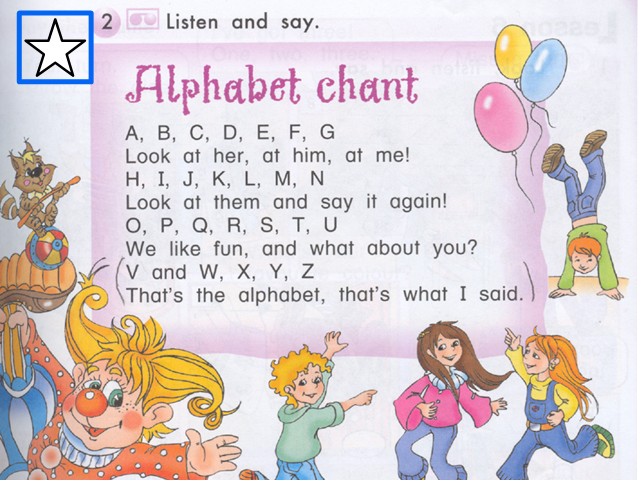 And point!
And point!
The letter F croaks loudly,
Because frog is a frog,
The famous wahoo.
The letter G is recognized.
It is important to raise your head,
Looks down - giraffe.
My horse is racing like a whirlwind.
There is no barrier for him,
If the rider is wearing a hat - hat.
I and I are one and the same.
We don't cry, we don't mope,
If there is ice cream - ice-cream.
Sweeter than buns and cakes.
The letter J is familiar to everyone,
Who tasted the sweet jam.
She has a key - key,
In the kingdom - kingdom will take,
The magical world will open.
To help the lamb - lamb,
He is afraid to go to bed,
He asks for a lamp - lamp to light.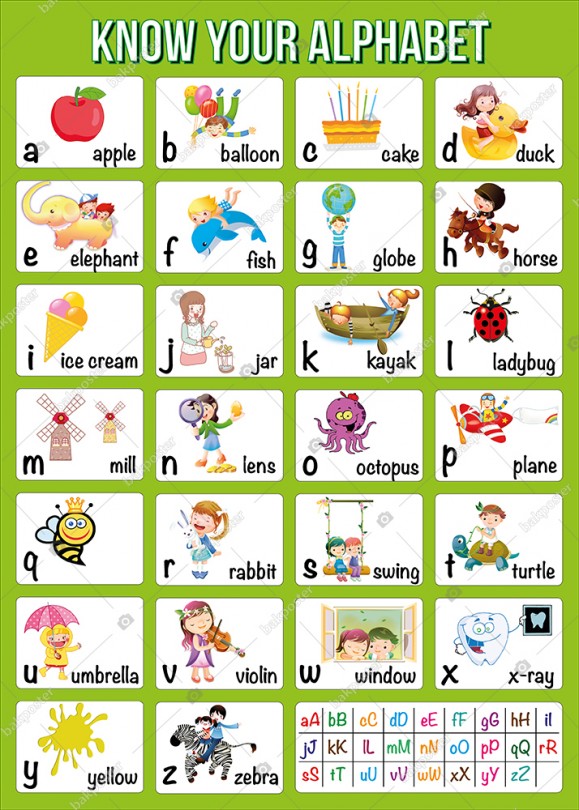
For a cheerful nimble monkey.
She is waiting for treats,
Melon - she needs a melon.
On the branches of the nest - a nest.
It has chicks in it. We would like
Count their number - number.
Waves oak branch - oak-tree.
He calls everyone under the vault of branches,
Muttering under his breath: "O.K."
With parrot - glad to parrot:
- Look, this is us
Waving a branch of a palm tree - palm!
In honor of the beautiful letter Q,
Because the queen is the queen
He loves to have fun.
"Beware of the letter R"?
I will tell you a secret
There is no nastier rat - rat!
Interested:
In the sky - sky sparkles star -
A very bright star.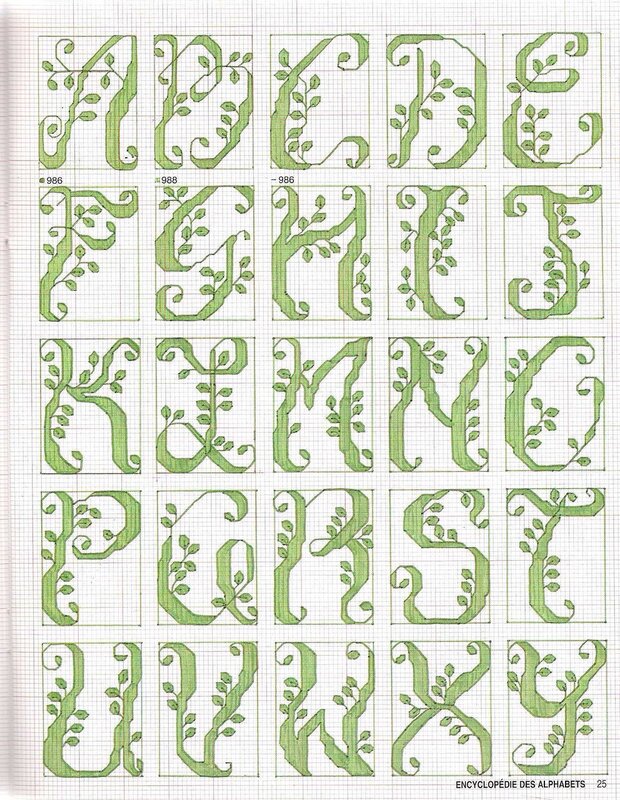
is calling us to Children's World We are glad to visit:
There will make friends with you
Each toy is a toy.
So soon it will rain.
U got kinder today -
Gave an umbrella - umbrella.
Letter V on serving.
The ball went straight to the sky,
I love volleyball.
Inverted M.
In the dark, flashing with a fang,
A gray wolf walks - a wolf.
- I'm taking you to X-ray.
- What? Maybe a prisoner?
— No, just for x-rays.
The letter Y rushes into the sea.
On a long journey, the guys are calling
White sailboat - a yacht.
You will see when you take the ticket,
Wolf, tiger, and goat
In the zoo - in the Zoo.
Games for learning the English alphabet for children
Interesting games using the same cards will allow the child to get used to it faster and not get bored while learning the English alphabet.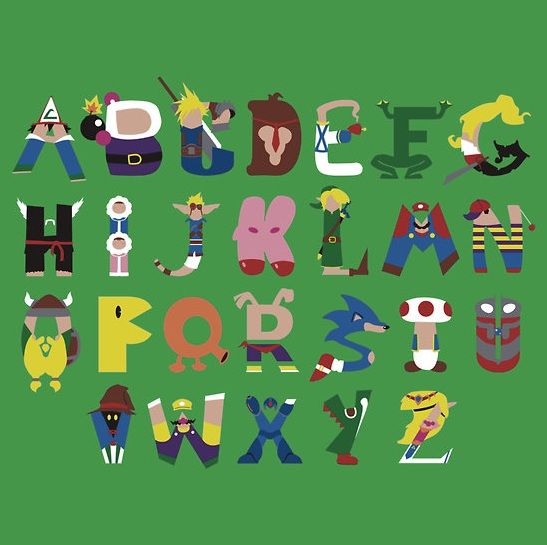 What can you play with your child:
What can you play with your child:
Draw a letter
Tell your child a letter of the English alphabet and ask them to draw it with their fingers or with their body. You can play in turn and show some letters yourself.
"Draw a letter"
Put the alphabet cards in front of the child and invite him to draw the letter himself on a piece of paper. So he will quickly learn not only to visually recognize letters, but also to write them in the future. Similarly, you can take plasticine and ask the baby to mold the letters of the English alphabet from it.
Word Ball
A more active game in which you can pass the ball to each other and name letters in alphabetical order or, for more advanced ones, words that begin with that letter.
Stop Song
Spread the letter cards in front of the child and turn on the alphabet song in English. Stop it at an arbitrary moment - the child must repeat the last letter he heard and show the corresponding card.